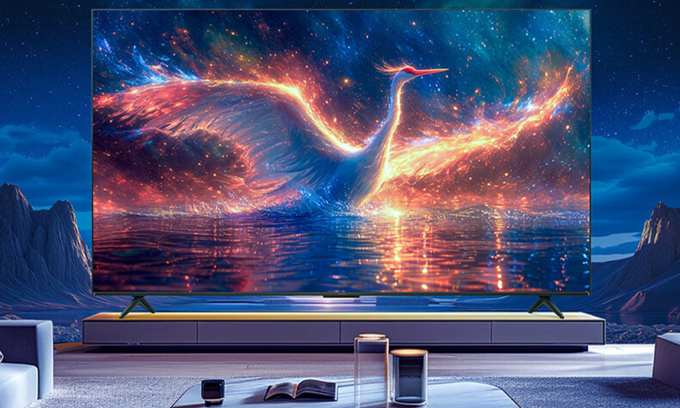Renewal of model ranges has long become one of the main marketing tools. Traditionally, industry leaders present innovative technologies and models using them at annual exhibitions. Of course, this year was no exception.
CES 2024
Samsung
– transparent Micro LED modular panel;
– Samsung S95D (hybrid QD-OLED panel) with improved OLED Glare Free technology;
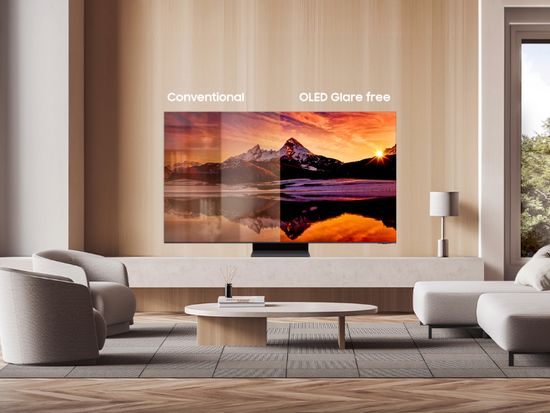
– new Samsung NQ8 AI Gen3 chipset with neural processing unit (512 neural networks vs 64 in the previous version).
LG
– transparent 77in Signature OLED T with Zero Connect box for wireless transmission;
– α11 AI video processor with new Peak Highlighter feature;
– wireless LG Signature OLED M4 and flagship ultra-bright G4 with META 2.0 3rd gen and LG Brightness Booster Max (up to 3,000 nits in a 3% window);
– UltraGear Dual-Hz gaming monitor with FullHD@480Hz support.
Hisense
The Chinese giant has strengthened its dominance in the Laser TVs segment, which are essentially ultra-short throw (UST) projectors with a built-in TV receiver. They use ALPD 3.0-based laser-phosphor light engine or ALPD 4.0-based triple-laser RGB TriCroma light source;
The series includes huge 110″, 98″ and 75″ models that use 40,000, 10,000 and 5,000 local dimming zones. The peak brightness of 110″ and 98″ models reaches an unprecedented 5,000 nits (cd/m²). However, this level is supported for up to 1 second, correctly displaying only sudden bright flashes. In addition, the panels cover up to 95% for BT.2020 color space.
Of course, companies have not forgotten about the growing popularity of huge panels. This list includes:
– Samsung micro LED panels up to 114″, and 98in Samsung QN900D 8K and QN90D 4K TVs (Neo series with quantum dot technology and mini LED backlight);
– 97in LG Signature OLED M and OLED G4;
– 110in, 98in Hisense UX and 100in U76N TVs.
TCL TVs 2024
Unlike competitors, TCL concentrated its efforts in the huge models segment, introducing the largest 115in QM891G and 98in QM851G with QD technology and mini LED backlight.
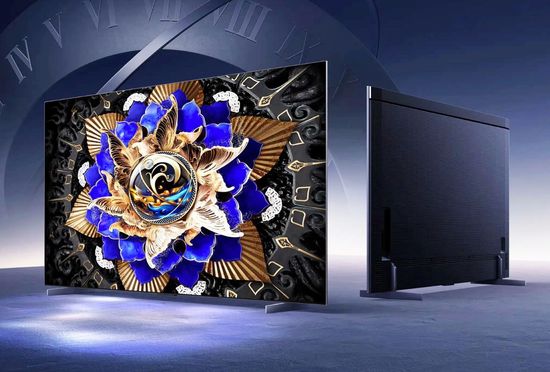
However, given the predictably huge prices of 8K and OLED panels, the Chinese giants will mainly have to compete with each other. But perhaps the 98in Samsung QN90D 4K will keep them company.
like LG, TCL has abandoned 8K models. Overall, the TCL lineup 2024 is divided into budget ‘S’ series and high-end ‘Q’ TVs with QD and mini LED backlight. They include improved versions of the TCL Q6, QM7 and QM8.
The new Q6-Pro uses FALD (Full-Array Local Dimming) backlight (not mini LED), has hands-free voice control and backlit remote. It’s 28% brighter than last year’s Q650G due to the new High Brightness Plus LED backlight. Like the previous model, it supports 1080p/1440p@120Hz gaming with TCL’s Game Accelerator 120 feature. The panel of 85in Q6 supports 4K@120Hz or 1080p@240Hz gaming.
In addition, TCL introduced Thunderbird Crane 7 with mini LED backlight, but without QD technology.
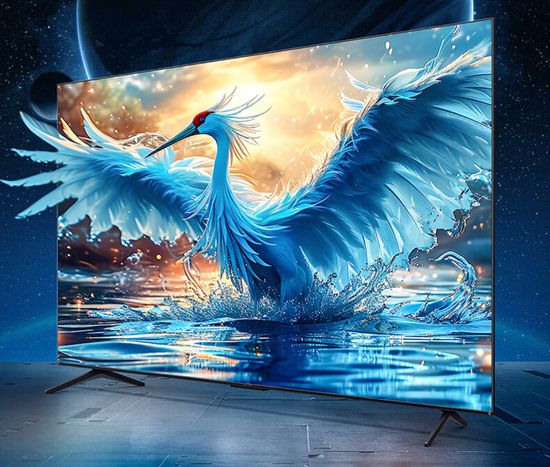
The line includes 65, 75 and 85in 4K models with a 144 Hz refresh rate and 95% DCI-P3 color space coverage. The 85in TV uses 1,536 local dimming zones, delivering up to 2,400 nits of peak brightness. The 75in and 65in versions deliver up to 2,200 nits with 1,248 and 960 zones, respectively.
Models support Dolby Atmos and DTS:X audio (60W with 5 speakers), Dolby Vision IQ (auto brightness adjustment for Dolby Vision content), HDR10+, HDR10 and HLG formats, IMAX ENHANCED and MEMC functions, Wi-Fi 6, have 2x HDMI 2.0 (18 Gbps) and HDMI 2.1 (40 Gbps). Launch prices are ~ $ 700 / $ 900 / $ 1,200 for 65″/75″/85″.
Key Features
Lineup 2024
– TCL 115QM89;
– 98/85/75/65 QM8;
– 85/75/65 QM7;
– 85/75/65/55/50 Q6-Pro;
– 98/85/75/65/55/50/43 Q6;
– 85/75/65/55/50/43 S5.
Chips
– S5 – AIPQ;
– QM7 and QM8 – AIPQ Pro;
– 115″ QM89 – AIPQ Ultra.
Specs:
– QM891G (TCL X11G Max in China) – 20,000 local dimming zones, up to 5,000 nits peak brightness, 120Hz VA (QD) panel, 98% coverage of DCI-P3 color, Google TV.
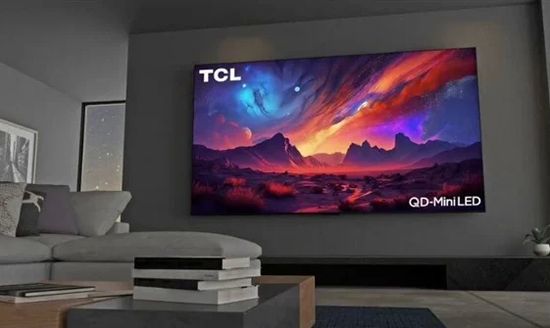
The liquid crystal layer of TCL Huaxing’s screen uses nanoscale bionic technology. It increases the accuracy of control passing light. In addition, the panel has a native contrast ratio of 7,000:1, anti-glare screen coating, and a higher response speed.
An integrated 6.2.2ch audio system supports Dolby Atmos. The model has Motion Rate 480 and uses an ATSC 3.0 tuner for broadcasting. For gaming, it supports 240 VRR via Game Accelerator and AMD FreeSync Premium.
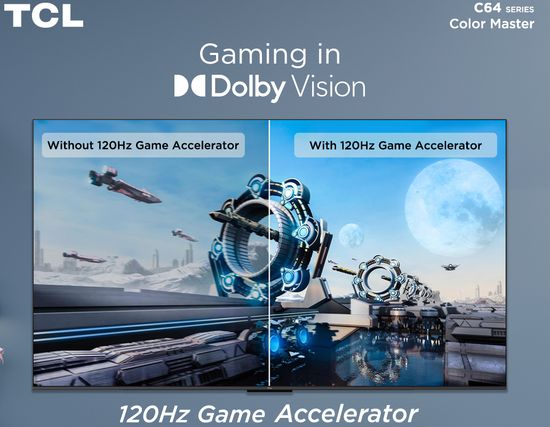
Finally, it has the advanced IMAX certification, and Lingyao chip M2 with integrating the TXR Mini LED chip for additional improve picture quality;
– QM851G – up to 5,000 zones, up to 5,000 nits peak brightness, 2.1.2ch audio, Google TV, 97% color gamut of DCI-P3 standard.
With the exception of screen dimensions and ships (AIPQ Ultra vs AIPQ Pro), the specs are almost identical. But according to the company, unlike the QM891G, it ‘only’ controls up to 5000+ dimming zones;
– QM7 (QM751G) – 1,300-1,500 dimming zones, 2,000-2,400 nits, color gamut of 95% on the DCI-P3 scale.
It has a 120Hz panel (144Hz VRR), AMD FreeSync Premium, 2.1ch audio, advanced IMAX certification, and HDR Ultra support with Dolby Vision IQ;
– Q651G-Pro – 85″ and 98″ with 120Hz or 50″ / 55″ / 65″ / 75″ with 60Hz, up to 600 nits peak brightness.
Conclusion
TCL is lagging behind its major competitors in innovation this year. Indeed, the Chinese giant’s lineup does not contain exotic transparent or wireless TVs, or significantly improved technologies. But the company clearly claims dominance in the segment of huge TVs.
The largest 115″ QM891G has actually reached the recommended image size of UST projectors, which ranges from 100″ to 120″. Of course, their optics can generate a much larger image, but increasing its size reduces the quality.
As known, the brightness of TVs is significantly higher compared to projectors that use re-reflected light flux. In addition, with the exception of very expensive LCoS (SXRD or D-ILA technoligies) projectors, they have significantly higher contrast. But UST projectors are significantly cheaper. For example, bright triple laser Hisense PX Pro models without screen cost about $ 3,000. The price of huge TVs is still much higher. Therefore, intensifying efforts in this segment is already relevant for TV manufacturers. Otherwise, in a few years Hisense, Epson, BenQ and other UST projectors will displace TVs from living rooms.
The launch price of the amazing 115-inch QM891G is unknown yet, but rumors say it will cost ‘under $ 20,000’. However, this price can hardly be described as ‘affordable’. For comparison, the 98-inch TCL 98R754 (2022) costs about $ 5,000, which is almost commensurate with the price of UST projectors with a screen included. Perhaps the price of the 98″ TCL Q651G will not be much higher. In any case, for now TCL is the leader in this segment, offering the widest range, including ‘budget’ models.
This video introduces the world’s largest 115-inch QM891G QD-mini LED TV.
